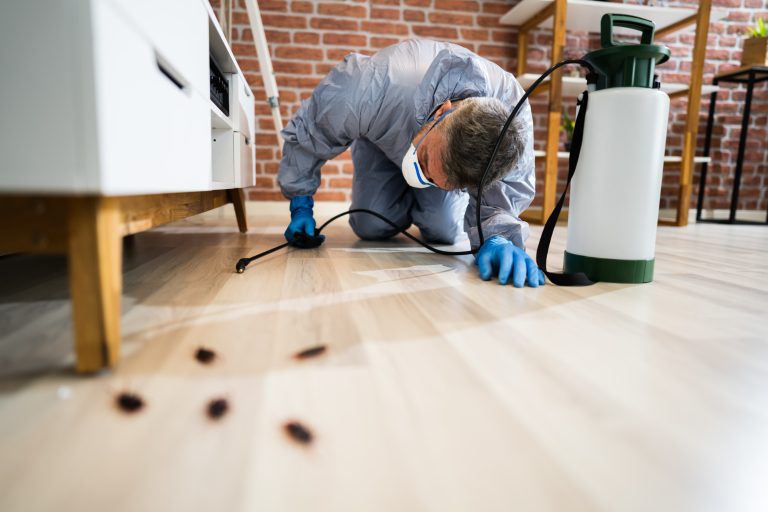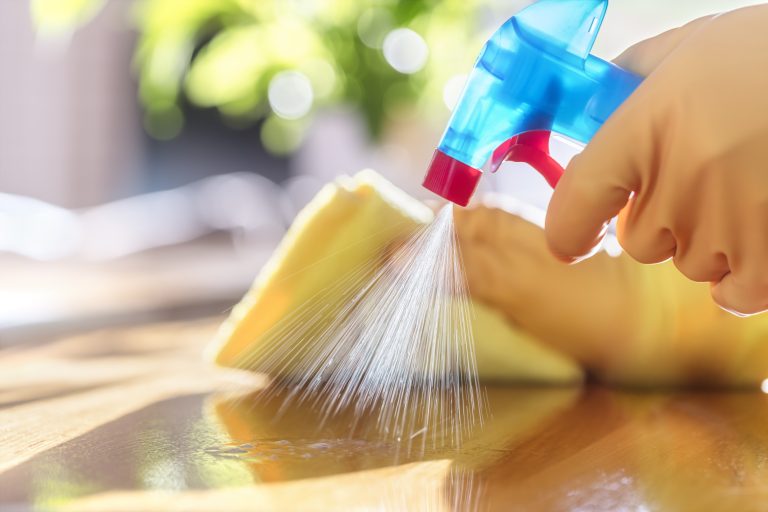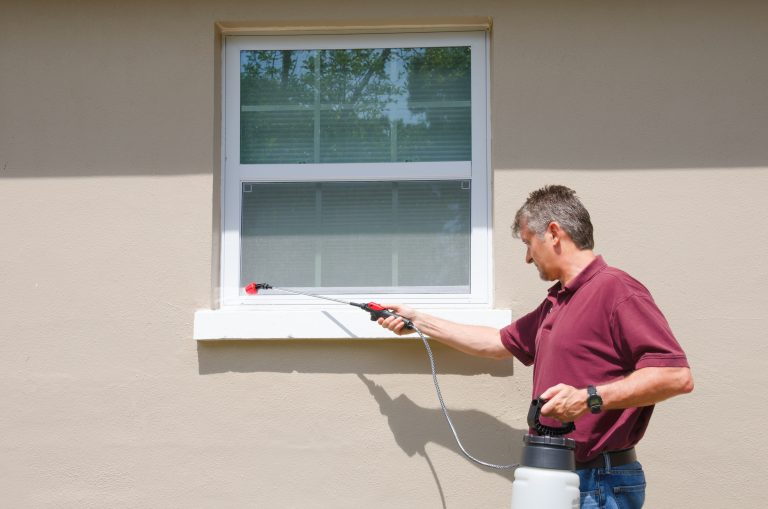7 Surprising Pest Control Facts You Need to Know

Are you ready to dive into the world of pest control with some eye-opening tidbits? These surprising facts will arm you with the knowledge to tackle those pesky invaders more effectively.
1. Pests Love Clutter
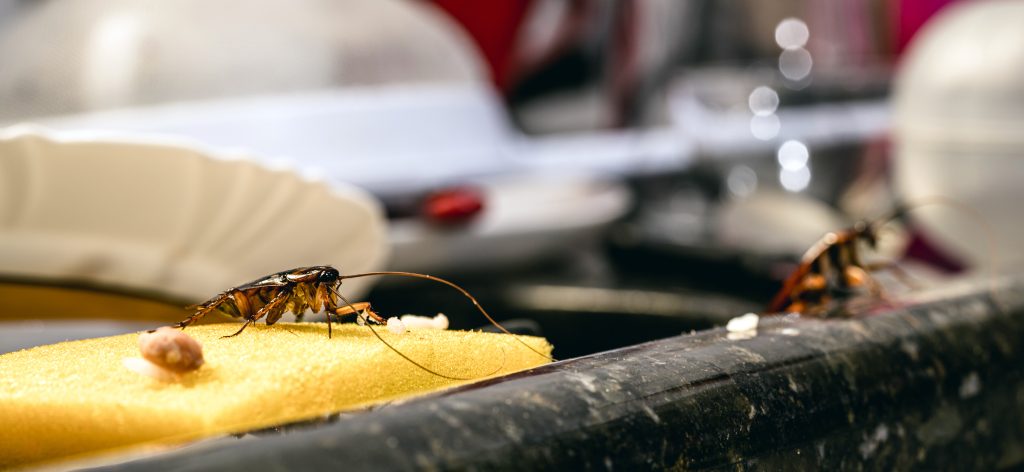
It’s not just a messy room; it’s a bug’s paradise. Pests like cockroaches and rodents thrive in cluttered environments because they provide ample hiding spots and nesting materials. Think of clutter as a five-star hotel for pests, with room service included (your leftovers, that is).
Reducing clutter isn’t just about aesthetics; it’s a critical step in pest prevention. I once helped a friend declutter their basement—lo and behold, we uncovered a mouse family reunion happening behind an old stack of magazines. Keep your space tidy and you’ll be less likely to host unwanted guests.
2. Natural Predators Help

Mother Nature’s got her pest control squad, and they’re free of charge. Ladybugs are aphid assassins, while birds can help keep the insect population in check. Even spiders, though not everyone’s cup of tea, play a pivotal role in capturing flies, mosquitoes, and other pests.
Hey hey! Don’t forget to subscribe to get our best content 🙂
Encouraging these natural predators in your garden is like hiring a security team that works for birdseed and nectar. Be cautious, though; inviting one predator might inadvertently attract another—nobody wants a hawk swooping down for their pet canary during a backyard barbecue.
3. Pests Can Be Year-Round

Pests don’t always take a vacation in winter. When it’s cold outside, your cozy home becomes even more attractive to them. Rodents, in particular, are notorious for sneaking indoors during the chillier months.
They’re not just looking for warmth; they want a steady food supply, and your pantry might as well have a neon “Open” sign. It’s crucial to seal up cracks and store food properly year-round. Remember, pests don’t hibernate in your home—they throw a non-stop party at your expense.
4. DIY Isn’t Always Best
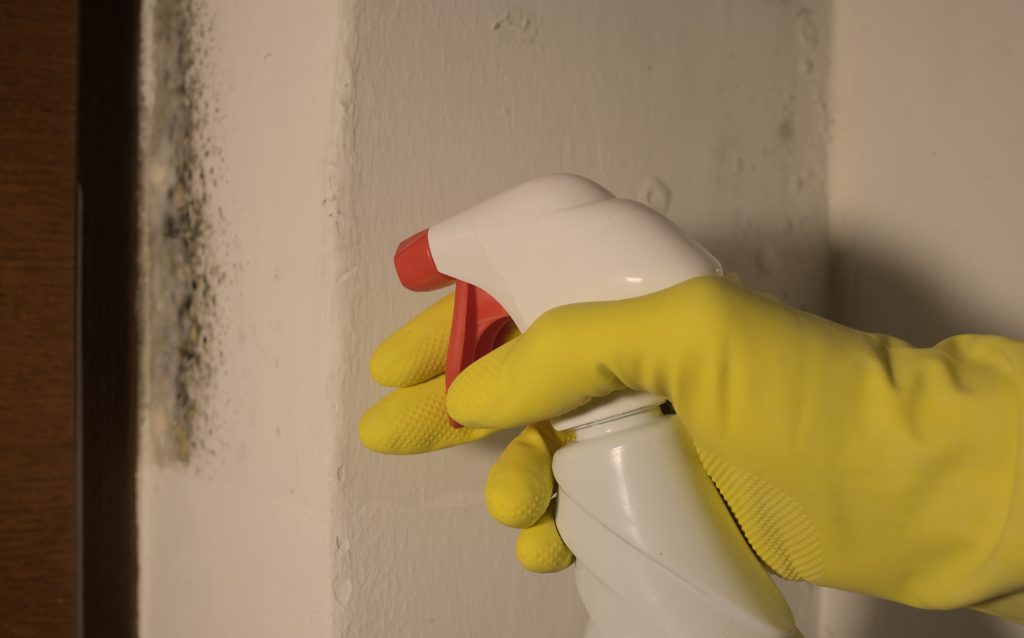
While DIY pest control can seem like a cost-effective solution, it can sometimes be about as useful as a chocolate teapot. Over-the-counter products might deal with surface issues, but they often fail to tackle the root cause.
Plus, misusing pesticides can be dangerous to your health and the environment. I once tried a DIY ant trap that ended up attracting more ants—it was like throwing a picnic for them! When in doubt, calling in the pros can save you time, money, and a whole lot of frustration in the long run.
5. Silent Damage Signs
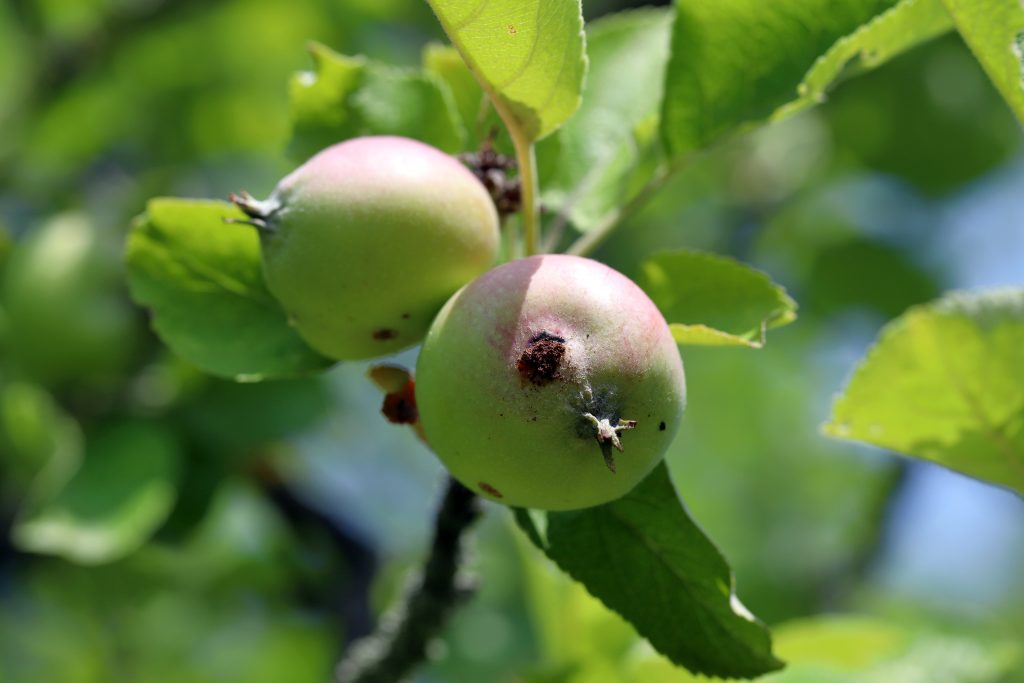
Pests are sneaky little critters, often causing damage without any immediate signs. Termite activity, for instance, can go unnoticed until significant harm is done. They’re like the ninjas of the pest world, silently wreaking havoc on your home’s structure.
Look out for subtle clues like hollow-sounding wood or frass (termite droppings). It’s not just termites, though; many pests leave behind quiet hints of their presence. Regular inspections can save you from a heart-stopping repair bill down the line.
6. Allergies & Pests Link

Did you know that pests can be a sneeze-fest waiting to happen? Many people are allergic to the droppings and shed skins of cockroaches and dust mites. It’s not just a case of the sniffles—these allergens can exacerbate asthma symptoms, too. Keeping a clean house is your first line of defense.
Remember, you’re not just dusting for cleanliness; you’re also evicting potential allergen factories. And don’t forget about pet dander—it’s not technically a pest, but it sure can bug your allergies.
7. Water Attracts Critters

Leaky faucets aren’t just a plumber’s concern; they’re a beacon for pests. Standing water is the equivalent of a watering hole on the Serengeti for insects, especially mosquitoes.
They breed in stagnant water, so even a small puddle can turn into a buzzing nursery. Ensure gutters are clear and there’s no standing water around your home. It’s not just about avoiding the buzz; it’s about preventing the bite and the diseases mosquitoes carry.
8. Pest-Proofing Works
Prevention is the best cure when it comes to pests. Sealing up entry points and keeping a clean home can deter pests more effectively than a knight in shining armor can fend off dragons. This means repairing screens, sealing gaps, and keeping food in tight containers.
Think of it as building a fortress—your home’s defenses can be just as formidable. Pest-proofing isn’t a one-time deal, though; it’s an ongoing battle to maintain the barrier between you and the tiny invaders.
NaturePest Natural Pest Control
- Exclusion is Essential: Excluding pests through pest prevention and remediation services can solve up to 80% of pest problems, including roaches, spiders, and rodents.
- Holistic Approach: Holistic pest control replicates principles used in high-level facilities like hospitals and laboratories, focusing on prevention rather than constant chemical applications.
- Knowledge-Based Solutions: Pest control strategies are rooted in 50 to 70 years of entomological knowledge, emphasizing the importance of understanding pest behavior for effective control.
- Identifying Entry Points: Visual inspection of entry points like gaps in walls, roofs, or damaged seals on doors and windows is crucial to preventing pest intrusion.
- Crawl Space Concerns: Crawl spaces are common entry points for pests, requiring thorough sealing to prevent rodents and insects from entering the home.
- Air Conditioning Conduits: Poorly sealed air conditioning conduits, especially in South Florida, often serve as pathways for pests to access attics and other areas of the home.
- Roach Infestation Indicators: Roaches found in multiple areas of the home, especially in attics and second floors, may indicate entry points through vents or other openings.
- Customized Solutions: Tailored solutions such as installing mesh screens or sealing gaps with exclusion products are effective in preventing pest ingress without relying solely on chemical treatments.
- Exclusion Over Chemicals: Exclusion techniques, such as sealing openings and repairing damaged structures, address the root cause of pest problems, reducing the need for frequent chemical applications.
- Training and Expertise: Pest control companies focusing on exclusion require trained technicians capable of identifying and sealing entry points, offering long-term solutions beyond routine pesticide applications.
9. Professional Products
Professional-grade pesticides

Professional-grade pesticides are often more potent and effective than what you’ll find at the local hardware store. These products are the big guns in the pest control arsenal. They’re designed to target specific pests and their life cycles, reducing the chances of a re-infestation.
However, they should be handled with care and respect—always read the label and follow safety guidelines. It’s tempting to go full Rambo on pests, but sometimes it’s best to leave the heavy artillery to the experts.
10. Follow-Up is Key

Tackling pests isn’t a one-and-done deal; it’s more like a series of strategic chess moves. Follow-up treatments are crucial to ensure the pest problem is truly resolved. Even after the initial infestation is dealt with, eggs or hidden bugs can lead to a resurgence.
Regular check-ins and maintenance treatments can help keep your home pest-free in the long run. It’s like keeping up with your fitness routine—skip too many sessions, and you’ll be back to square one.
Armed with these surprising facts, you’re now better equipped to defend your home against the tiny invaders. Remember, effective pest control is a combination of vigilance, prevention, and sometimes a call to the pros—don’t let the bugs bite!

